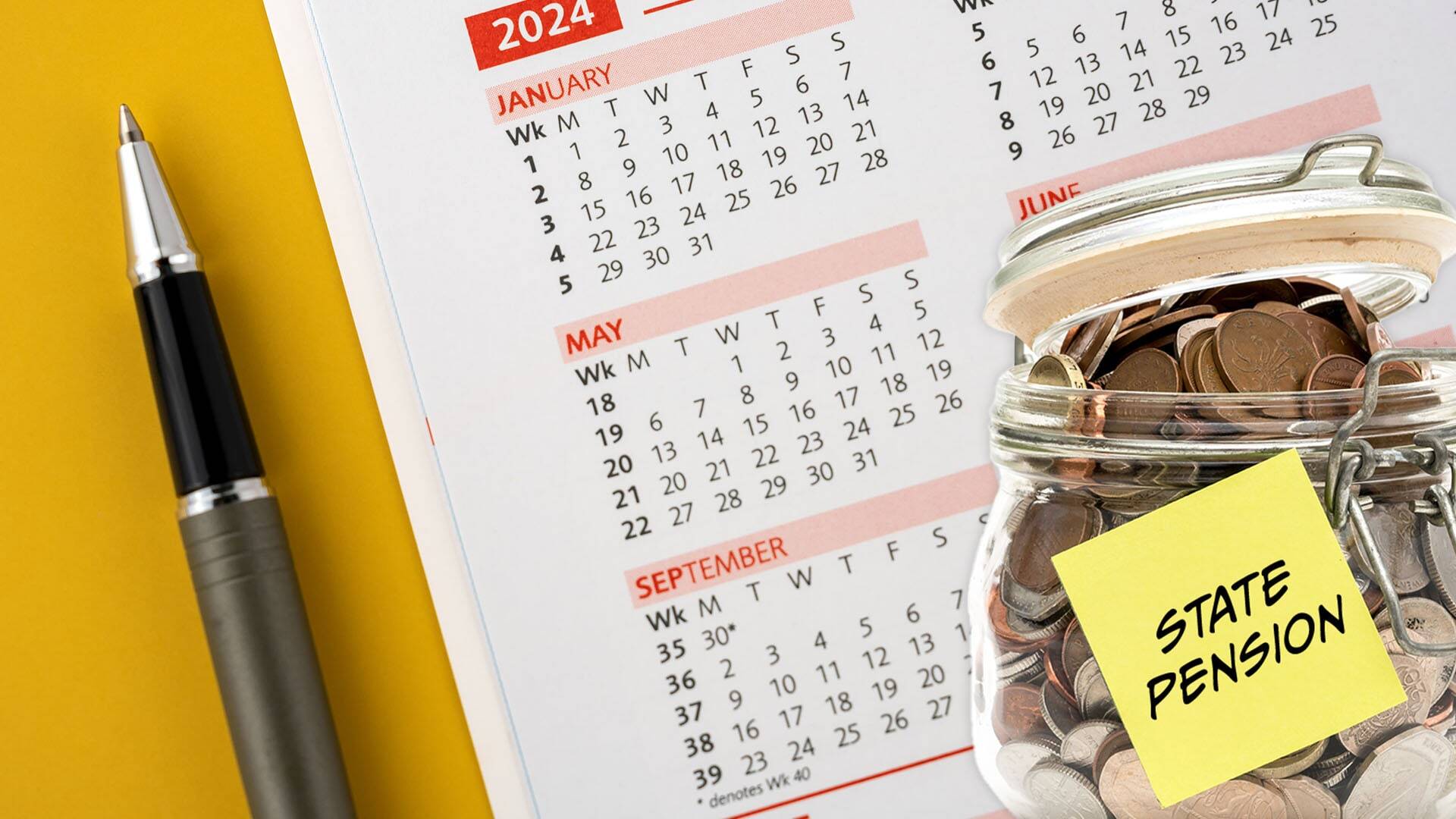James Cleverly has bolstered his chances in the Conservative leadership race after his plea to his party to be “more normal” received a warm welcome from delegates in Birmingham, as the four candidates made keynote speeches at the party conference.
Robert Jenrick, who won more votes from MPs during early voting in the contest, saw his immigration-heavy pitch fail to hold the room, as each contender made back-to-back addresses on Wednesday.
“I was going to vote for Robert Jenrick but I’ve changed my mind,” said Jackie Rance, a Tory member from Berkshire. “James Cleverly was honest and statesmanlike.”
The race to succeed Rishi Sunak was thrown wide open by a four-day event that has seen Jenrick and Kemi Badenoch stoke controversy, while Cleverly put in a popular performance and Tom Tugendhat remained the outsider.
Cleverly, who came joint third in the second round of voting in the contest, clinched the biggest standing ovation in the auditorium, marking a strong end to the gathering during which he moved into second place in the betting markets, overtaking Badenoch.
A former foreign secretary and home secretary who has also been party chair, Cleverly emphasised his experience and said it was not the time for an “apprentice” to lead the Tories.
He kicked off with an apology, telling the party faithful he was “sorry on behalf of the parliamentary party — who let you down” and warned: “We have to be better, much better.”
The task ahead for the Conservatives was selling the party “with a smile”, he said, arguing: “Let’s be enthusiastic, relatable, positive, optimistic.” He also urged the party to “be more normal”.
Invoking former US president Ronald Reagan, Cleverly said the Tories should follow his lead in cutting taxes, slashing regulation, boosting military spending and winning a landslide. He finished his speech with a riff on one of the Republican’s best-known lines, vowing it could be “morning once again” in Britain.
Jenrick, who has topped the ballot in both rounds of voting by MPs to date, focused heavily on migration in his speech.
He vowed to quit the European Convention on Human Rights and replace it in UK law with a new British bill of rights if he came to power, as he vowed to “secure our border”.
Unveiling a five-point plan, Jenrick said he would reject mass migration, focus on cheap and reliable energy, get Britain building again, cut the size of the state and build a more united country.
Doubts rose as to whether his early momentum had stalled, however, as observers suggested he failed to hold the room.
Tory MP Jesse Norman launched a surprising attack on Jenrick’s performance, branding his speech “lazy, mendacious, simplistic tripe”.
Badenoch, who had been the favourite going into the contest, won strong applause for a speech in which she said she would “always fight leftwing nonsense”, declared herself a “net zero sceptic” and spelt out how she had challenged views around transgender issues.
She styled herself as a hard-talking truth-teller and said she would deliver tough messages to her party. Her programme for government would start from “first principles” to unpick the legacy of Tony Blair and Gordon Brown, which she said persisted in the UK.
She said she would make Labour chancellor Rachel Reeves “wriggle” and Prime Minister Sir Keir Starmer “sweat”, adding: “We are going to have some fun.”
As candidates seek to attract support of Tory MPs ahead of the next rounds of voting next week — when the field will be whittled down to two, with members voting in the run-off — her campaign also unveiled former cabinet minister Sir David Davis as a new senior MP supporter after her address.
Tugendhat, widely viewed as the outsider, pledged to restore “patriotism and purpose” to the Conservative party, as he said he would focus on delivery rather than ideology.
Focusing heavily on his military career, which he said had fostered his leadership skills, he vowed: “I will serve our country, I will lead with conviction, I will act decisively.”
A centrist Tory who has tacked rightward in the race, he repeated his pledge to cap net inward legal migration at 100,000 a year and called for tax cuts, simpler planning rules and a reduction in excess regulation. He said his mission was to deliver “prosperity and happiness” to the public.
Cleverly was deemed by many Tory activists to be the big winner of this week’s conference, with a widespread view that Jenrick’s speech had been a disappointment and that he was losing ground.
David Turner from South Shropshire said: “I thought Cleverly did really well. Jenrick didn’t hold the room.”
Cleverly “came out of the week as the strongest one,” agreed Oliver Bramley, 23. He said Cleverly had a good presence, looked prime ministerial and eschewed “culture war” rhetoric.








































































































































You must be logged in to post a comment Login